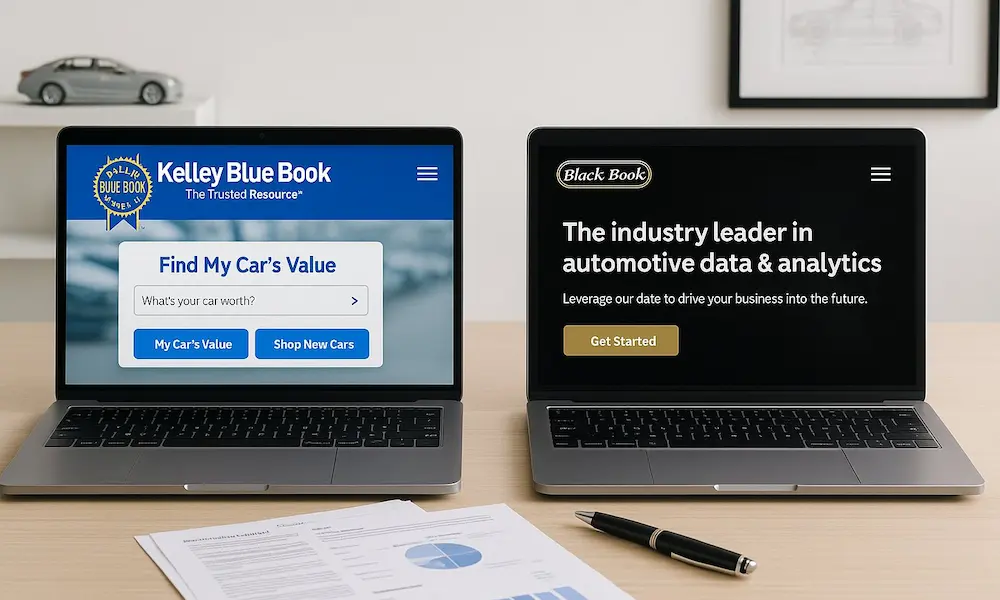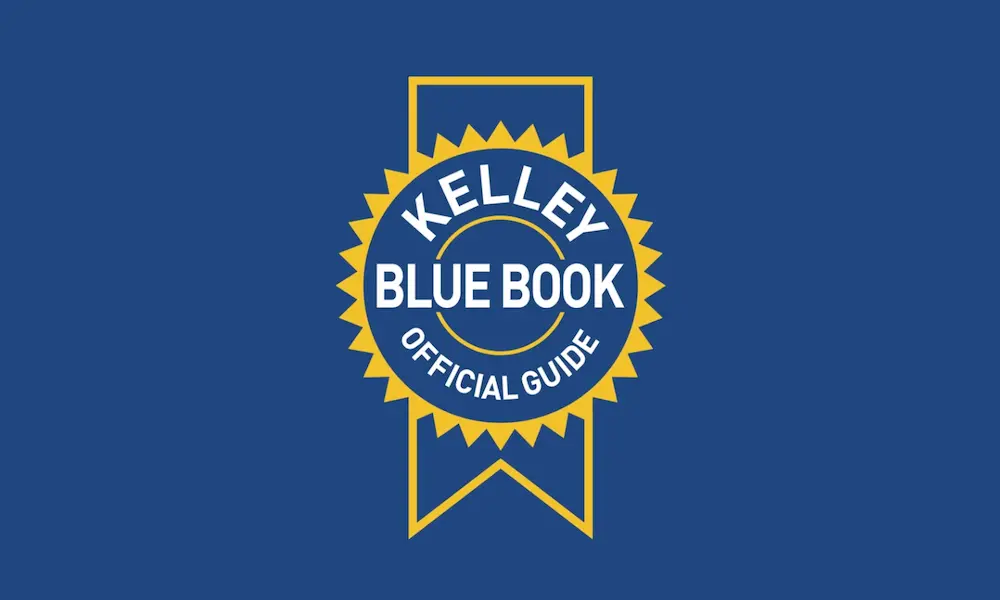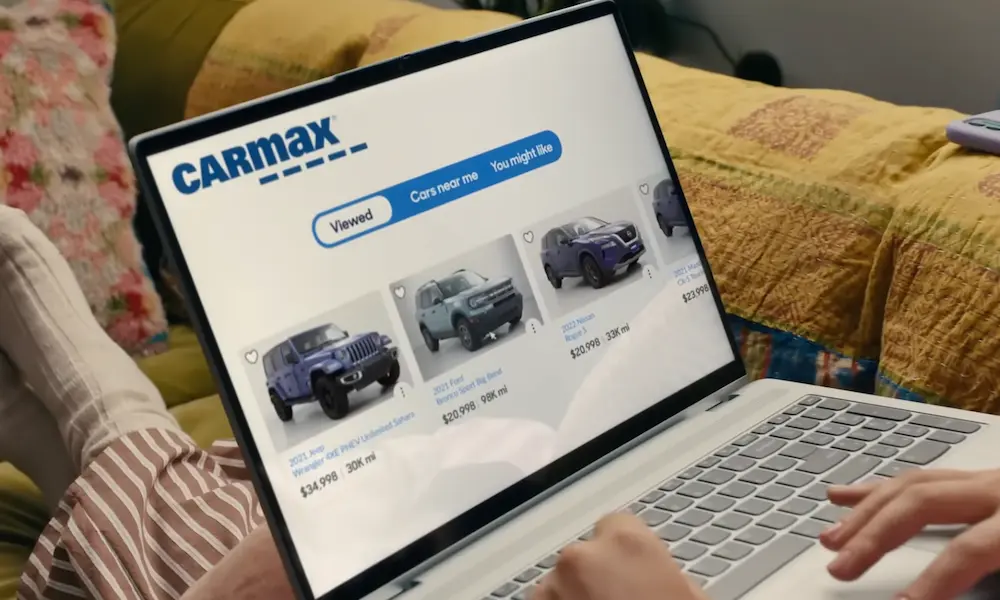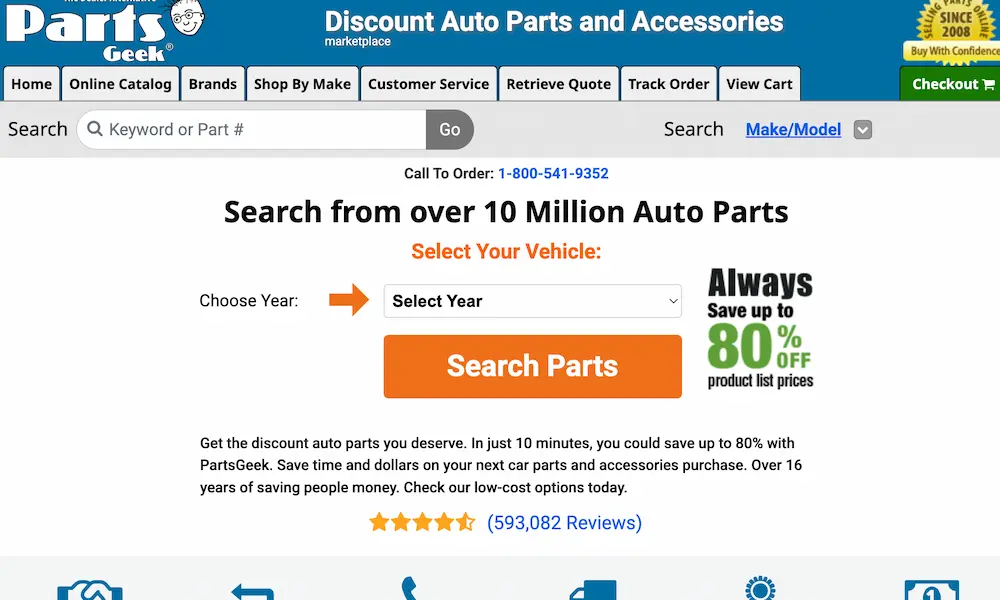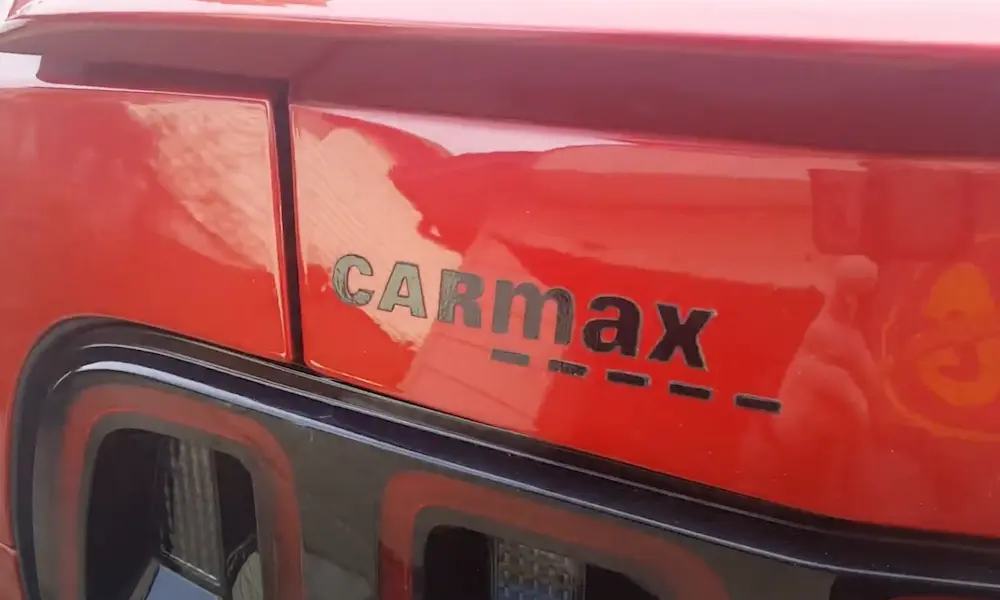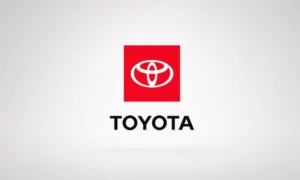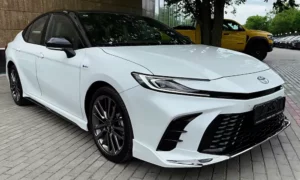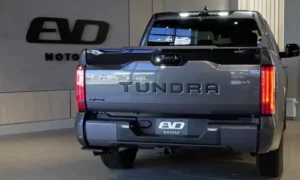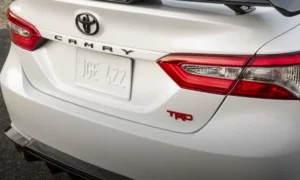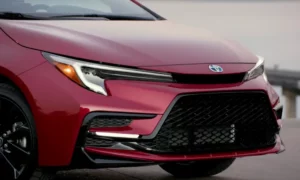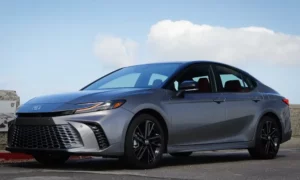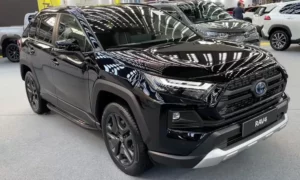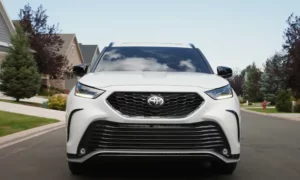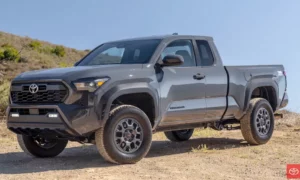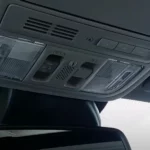Are you eyeing a used Toyota Highlander but worried about ending up with a problematic model? You’re right to be cautious. While Highlanders generally enjoy Toyota’s reputation for reliability, certain model years have developed notorious reputations for expensive problems. This guide will help you identify which Toyota Highlander years to avoid so you can make a smarter purchase decision.
The Worst Toyota Highlander Years to Avoid
Not all Highlanders are created equal. Some model years stand out for all the wrong reasons. Let’s dive into which ones should raise red flags during your car search.
2003 Highlander: First-Generation Failures
The 2003 Highlander represents one of the most problematic years in the vehicle’s history. If you’re considering this model year, you should know about these serious issues:
- Engine problems: Many owners reported stripped bolts in the engine that led to coolant leaks and dangerous overheating. These issues typically appear around 125,000-130,000 miles.
- Oil consumption: Excessive oil use and engine sludge formation became common complaints, sometimes leading to complete engine failure.
- Suspension wear: Premature suspension system deterioration created unstable rides, increased road noise, and ongoing maintenance headaches.
The repair costs for these issues often run into thousands of dollars, making a 2003 Highlander a risky investment no matter how attractive the price tag might seem.
2008 Highlander: Second-Generation Setbacks
The 2008 model marked a complete redesign as the Highlander entered its second generation. Unfortunately, this redesign year brought significant reliability concerns:
- Power steering failures: Owners frequently reported sudden loss of the electronic power steering system—a serious safety hazard that made controlling the vehicle extremely difficult.
- Transmission troubles: Problems like rough shifting and slipping transmissions plagued this model year.
- Expensive repairs: Addressing these issues often costs several thousand dollars, especially for transmission work.
These problems generated numerous complaints and significantly diminished owner satisfaction with the 2008 model year. If you’re looking at used Highlanders, this is definitely one to cross off your list.
2014-2015 Highlanders: Third-Generation Troubles
The third generation brought fresh problems, with the 2014-2015 models developing particularly concerning issues:
- Transmission performance: The 2015 model received numerous complaints regarding transmission hesitation, rough shifting, and unpredictable acceleration or deceleration.
- High repair costs: Transmission replacement could exceed $4,000, making this a costly year to own.
- Safety concerns: The unpredictable drivetrain performance raised serious concerns about safety during everyday driving.
The 2014 model shares many design elements with the 2015 and has been flagged by automotive experts as a year to avoid, though specific complaints are less extensively documented.
2016 Highlander: Electrical and Comfort Failures
The 2016 Highlander continued the model’s problematic streak with a different set of issues:
- Electrical system failures: Owners reported infotainment system glitches and battery drain problems that sometimes left them stranded.
- Comfort compromises: Excessive wind noise and poor cabin insulation diminished the comfort that Highlander owners expected.
- Airbag concerns: Some 2016 models were equipped with potentially defective airbags, creating serious safety issues.
Electrical problems can be particularly frustrating to diagnose and fix, often requiring multiple dealer visits without guaranteed resolution.
2020 Highlander: Modern Complications
The 2020 model year brought a major redesign and, unfortunately, new problems:
- Infotainment issues: The redesigned system frequently experiences glitches and connectivity problems.
- Fuel tank limitations: Many owners reported being unable to fill the tank to its stated 17.1-gallon capacity, with most only able to add 12-14 gallons.
- Air conditioning problems: Condenser damage became a common complaint, preventing proper cooling and requiring expensive replacement.
The 2020 model’s turbocharged engine has also raised questions about long-term durability compared to previous powertrains.
Highlander Hybrid Models to Avoid
The Highlander Hybrid has generally maintained better reliability than some conventional models, but certain years still deserve caution.
2006 and 2008 Hybrid Issues
If you’re considering a hybrid model, be particularly wary of:
- 2008 Hybrid: This model received the most complaints and generated the most expensive repairs among hybrid Highlanders.
- 2006 Hybrid: As the first hybrid model year, it experienced the growing pains typical of new technology introductions.
While these years should raise concerns, most other Highlander Hybrid model years have demonstrated excellent reliability, making them solid options for fuel-conscious SUV buyers.
Common Problems Across Multiple Highlander Years
Beyond year-specific issues, several problems have appeared across multiple generations of the Toyota Highlander:
- Engine oil leaks: Various model years have suffered from leaks requiring costly repairs if not addressed promptly.
- Transmission issues: Rough shifting, delayed engagement, and even complete failures have affected multiple generations.
- Premature suspension wear: Components often deteriorate faster than expected, resulting in rough rides and expensive replacements.
- Electrical glitches: Navigation systems, instrument clusters, and other vital electrical components have malfunctioned across several model years.
- Brake problems: Some owners report premature wear of pads and rotors, creating both safety concerns and maintenance expenses.
Most Reliable Toyota Highlander Years
Not all news is bad when it comes to Highlander reliability. Many model years have established excellent track records that make them smart used-car purchases.
Top-Performing Standard Models
For those seeking a conventional Highlander, these model years stand out for their reliability:
- 2007 Highlander: This model has established a solid reliability record with few reported issues.
- 2009-2013 models: These generally performed well, though some sources note a slightly “shaky period” between 2010-2012.
- 2017-2019 models: These recent years show strong reliability ratings, avoiding the issues that plagued earlier and later models.
Dependable Hybrid Options
If you’re interested in a hybrid model, consider these years:
- 2007 Hybrid: Despite being an early hybrid model, the 2007 has proven quite reliable.
- 2009-2013 Hybrid models: These demonstrated excellent reliability with minimal reported problems.
- 2017-2019 Hybrid models: The newer hybrid models generally maintain Toyota’s reputation for dependability.
Smart Shopping: What to Look For When Buying
When shopping for a used Highlander, follow these tips to avoid potential headaches:
- Get a pre-purchase inspection: Always have a qualified mechanic check any used Highlander before buying, even from “good” model years.
- Check service records: Well-maintained vehicles, even from problematic years, may avoid the worst issues. Look for:
- Regular oil changes
- Transmission fluid services
- Completed recall work
- Consistent maintenance history
- Research the specific VIN: Use vehicle history reports to check for accidents, flood damage, and service records specific to the vehicle you’re considering.
- Test drive thoroughly: Pay attention to:
- Transmission shifts (smooth or rough?)
- Steering feel (any vibration or pulling?)
- Brake performance (smooth? responsive?)
- Engine sounds (any unusual noises?)
- Electronics functionality (everything working properly?)
Maintaining Your Toyota Highlander
If you already own a Highlander or decide to purchase one from a potentially problematic year, proper maintenance can help mitigate issues:
- Regular oil changes: Essential for all models, but particularly crucial for years prone to engine sludge like 2003.
- Transmission maintenance: Follow Toyota’s schedule for fluid changes, or more frequently if you notice any shifting abnormalities.
- Suspension inspections: Have components checked regularly, especially in older or high-mileage vehicles.
- Electrical system checks: Include battery condition and charging system performance in routine maintenance.
- Address small issues promptly: Fix minor problems before they develop into major expenses.
The Financial Impact of Choosing Wrong
The cost difference between reliable and problematic Highlander years can be substantial. Let’s look at potential expenses:
| Repair Type | Problematic Models (Average Cost) | Reliable Models (Average Cost) | Potential Savings |
|---|---|---|---|
| Engine Rebuild | $3,500-$5,000 | Rarely needed | $3,500-$5,000 |
| Transmission Replacement | $3,500-$4,500 | $0-$1,500 (minor repairs only) | $2,000-$4,500 |
| Power Steering System | $1,500-$2,000 | $0-$500 (minor repairs only) | $1,000-$1,500 |
| Electrical System Issues | $800-$1,500 | $0-$400 | $400-$1,100 |
| Suspension Components | $1,200-$2,000 | $600-$1,000 | $600-$1,000 |
Choosing a reliable Highlander year could save you thousands in repair costs over the vehicle’s lifetime.
Value Retention Comparison
Another financial consideration is how well different model years hold their value:
| Model Year Category | Average Value Retention (% after 5 years) |
|---|---|
| Problematic Years (2003, 2008, 2014-15, 2016, 2020) | 45-50% |
| Reliable Years (2007, 2009-13, 2017-19) | 55-65% |
Reliable Highlander years typically retain 10-15% more of their value over five years compared to problematic model years.
Is a Highlander Still Right for You?
Despite the issues with certain model years, the Toyota Highlander remains one of the most popular midsize SUVs for good reason. When you choose the right year, you can expect:
- Comfortable seating for up to 8 passengers
- Respectable fuel economy (particularly in hybrid models)
- Generous cargo capacity
- Strong safety ratings
- Proven long-term durability (in good model years)
By avoiding the problematic years and focusing on the more reliable model years—particularly 2007, 2009-2013, and 2017-2019—you can enjoy all these benefits with minimal headaches.
Remember, even the best vehicle manufacturers produce occasional problematic models. The key is doing your homework before making a purchase decision. With this guide to Toyota Highlander years to avoid, you’re now equipped to make a smarter choice that will serve you well for years to come.


